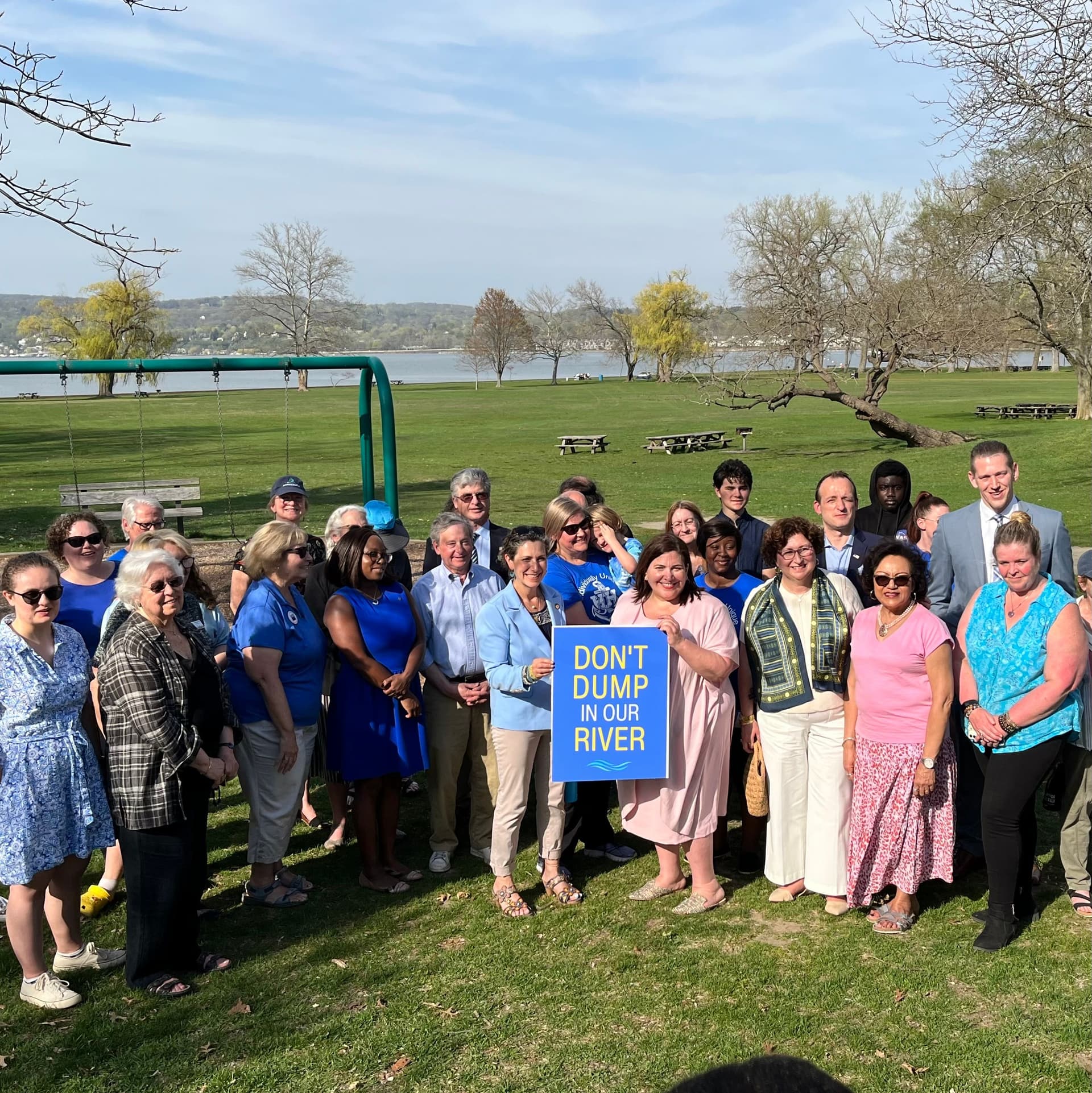
Beyond Indian Point
Monitoring the shutdown of a nuclear power plant on the banks of the Hudson that killed billions of fish each year
The challenge
1 billion
Indian Point’s antiquated “once-through” water cooling system killed more than 1 billion fish and fish larvae each year
2.42 billion
The system withdrew 2.42 billion gallons per day from the Hudson and heated it up to a deadly temperature before discharging
A threat to wildlife
Impacts to water quality
A potential ecological disaster
Sheen at Indian Point
Impinged fish on filter screen
- Focus areas
- Drinking waterWater qualityHabitat and wildlife
What we're doing

Tracy Brown
President and Hudson Riverkeeper
Energy for the greater good
Monitoring Holtec

Next steps for decommissioning
History






